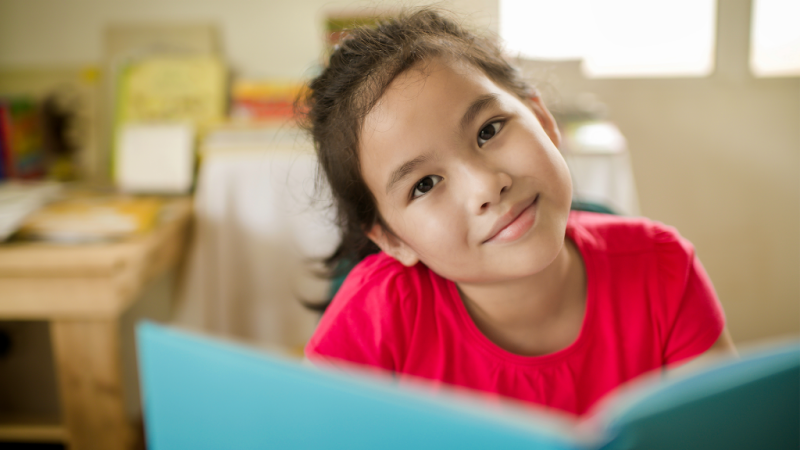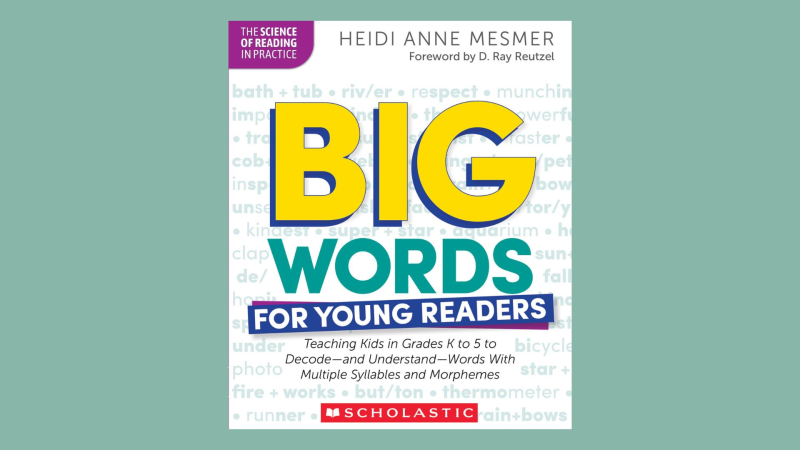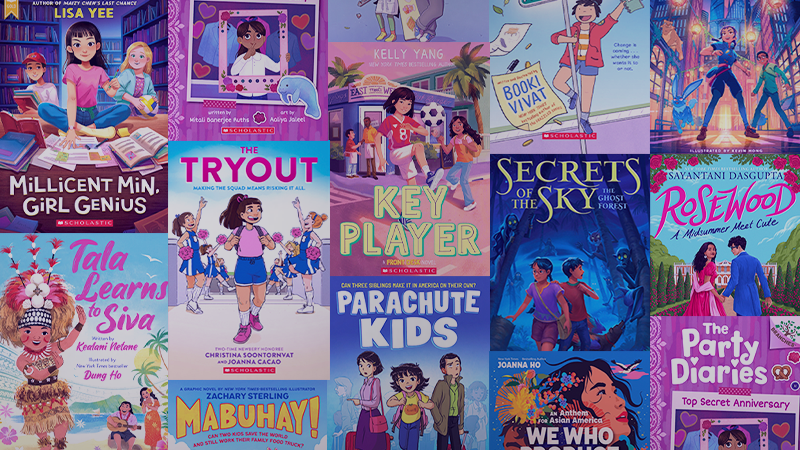This post is part of an ongoing series exploring new findings from the Scholastic Teacher & Principal School Report: 2nd Edition, a national survey of public school Pre-K–12 educators, conducted by YouGov, which focuses on critical issues affecting schools and districts across the country. Deimosa Webber-Bey, Scholastic Director of Information Services and Cultural Insight, discusses what teachers are looking for in books for their students.
Twice a year as a teacher, I meticulously packed boxes, crates, and large plastic bins with hundreds of books as I either set up or tore down the classroom library. It was a familiar puzzle, though the pieces would change as books in this collection were introduced, borrowed, given away, absconded with, and loved—sometimes to their ends.
Early in my education career, I had the honor of teaching at a middle school in Far Rockaway, New York, where I grew up. I remember the spirited discussions of Ajeemah and His Son by James Berry, and the literature circle of gamers who chose to read Walter Dean Myers—and only Walter Dean Myers—all year. But I will never forget the readers, particularly the students I didn’t teach, who browsed my classroom collection daily. They made recommendations (and critiques) and sometimes told me squarely that they “needed” a particular book, and therefore would never return it to me. These were ultimatums that I could live with, and that deep down delighted me, because I knew the right book at the right time can transform a person’s life. Access to books is the first step to making this possible, and for many children, that access starts in the classroom.
Agile classroom libraries are essential to helping school-age children become avid, lifelong readers. By agile, I mean libraries that can respond to changes in how students access services, as well as their evolving reading interests. As we saw in the Scholastic Kids & Family Reading Report™, kids who have access to robust classroom libraries are more likely to be frequent readers. However, only 43% of school-aged children report having access to a classroom library, and only one-third say their classroom library has enough of the types of books they'd like to read.
As a teacher, I packed those boxes, bins, and crates twice a year because I lived this experience. When we were children, my sisters and I pooled our resources, our allowances, and our library card limits in order to access the widest range of books that we could get our hands on; and as frequent readers, we knew which teachers and classrooms were the best sources.
This year, when school was disrupted due to the spread of COVID-19, in many cases learning shifted to students’ homes, leaving classroom libraries out of reach and underutilized. Findings from the Scholastic Teacher & Principal School Report: 2nd Edition illustrate this, revealing a noticeable decline in teachers’ agreement that classroom libraries are meeting their students’ social-emotional needs (42%, down from 47% in winter 2020) and academic needs (55%, down from 61%).
The fifth law of library science is “a library is a growing organism,” and that growth is critical right now. An agile classroom library can provide access to the windows, mirrors, and doors that kids need, as explained by Dr. Rudine Sims Bishop, so that they can continue to grow in a time of uncertainty. I find that in my own library practice right now, I am turning to audiobooks and ebooks—the Kids & Family Reading Report shows that 71% of kids agree that technology has made it easier for them to find books they would like to read.
Getting comfortable with new technology and sources for discovery is essential in order to find titles to add to classroom libraries that will meet students’ academic and social-emotional needs. According to the Teacher & Principal School Report: 2nd Edition, teachers are urgently looking for reading materials that reflect both the effects of the COVID-19 pandemic and the current nationwide spotlight on social justice. Due to the shift to distance and hybrid learning this year, the need for ebooks has doubled (31%, up from 15% in winter 2020).
Also notable, among the top two characteristics of reading materials teachers need are books that serve as mirrors where their students can see themselves in the characters and stories, and books that are windows into the lives and experiences of others—each increased 20% over the figures reported in winter 2020.
Teachers also report a strong desire for more inclusive representation in reading materials for their classroom libraries, both in terms of ethnic and racial diversity and physical and mental abilities. Kids and parents share these views—nearly half of kids ages 9–17 and parents say they wish there were more children’s books available that include diversity, defining diversity as books that include people and experiences different than their own, various cultures, customs, religions, settings and living situations. This close alignment between teachers, parents, and students is critical as it sets mutual goals for classroom library growth.
These insights into the types of reading materials teachers are looking for bring to life the central role schools play in providing students with access to books, both in school and outside the classroom. Nearly all educators (96%) agree that providing year-round access to books at home is important to enhancing student achievement, and 43% of educators note that the COVID-19 pandemic has made them realize how important schools are in providing this access. For many kids, as was the case for my sisters and me, the classroom library is an extension of the personal home library; for others, it may be their only source of independent reading materials. Collections, whether print or digital, need to grow in both subject matter and format in order to build strong connections with students who may be learning at home.
Prior to 2020, building a strong classroom library was already a significant challenge. For me, it was both figurative and literal—moving 40-pound crates of paperbacks around twice a year is hard work! As we look ahead to 2021 and the remainder of this current academic year, the challenge to educators, community partners, and families is remarkable. However, by working together, we can find new, innovative ways to get the right books at the right time into the hands of kids, and create lasting cultures of literacy that sustain the joy and power of reading.
Keep Reading: Don’t miss the other posts from this series! Click the links below to discover additional research from the Scholastic Teacher & Principal School Report.
- Reading Serves as a Critical Bridge to Stem Learning Loss by Dr. Karen Burke
- Discovering a Social-Emotional Lifeline Through Reading by Pam Allyn
- Teachers and Principals Reflect on COVID-19 and the Academic Year Ahead by Brittany Sullivan
- Professional Learning Trends for 2020 and Beyond by Dr. Carol Chanter
Methodology: To see the full Scholastic Teacher & Principal School Report: 2nd Edition methodology, click here.






